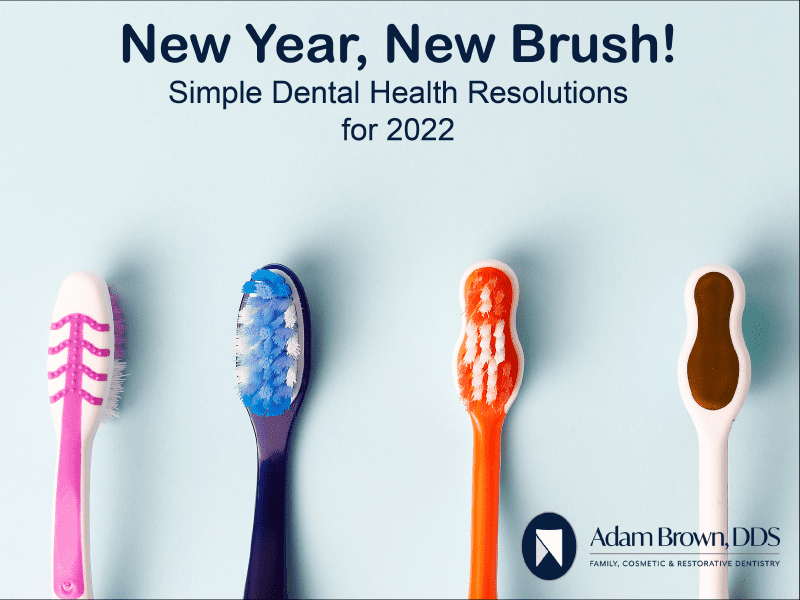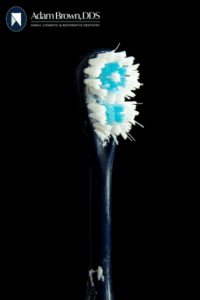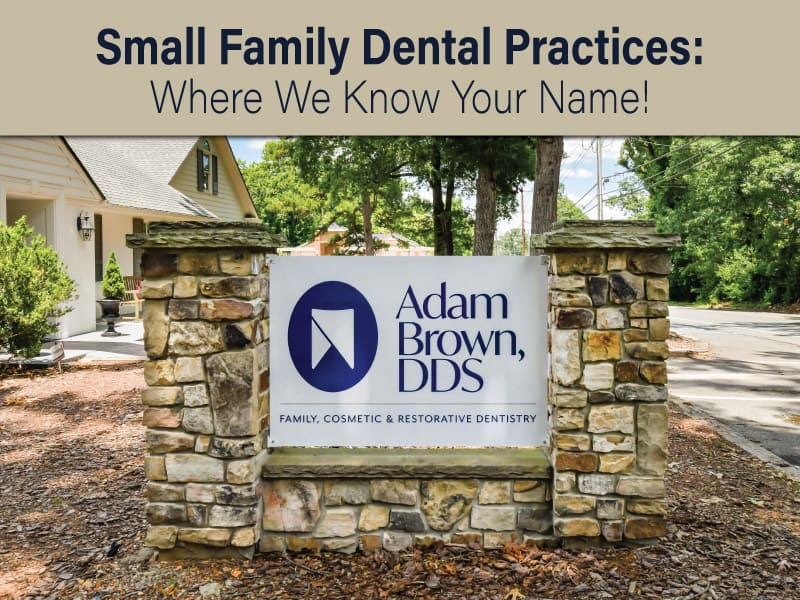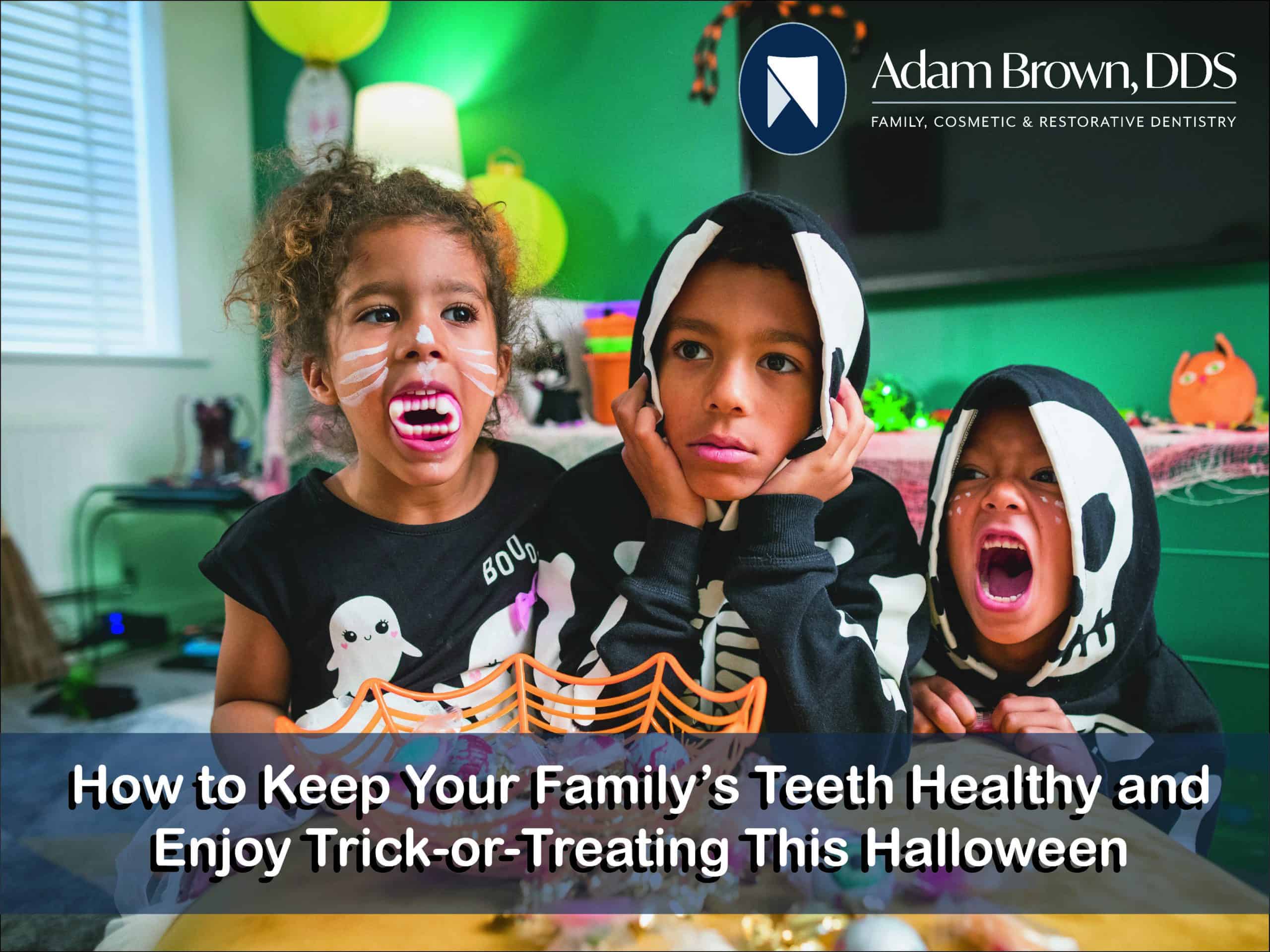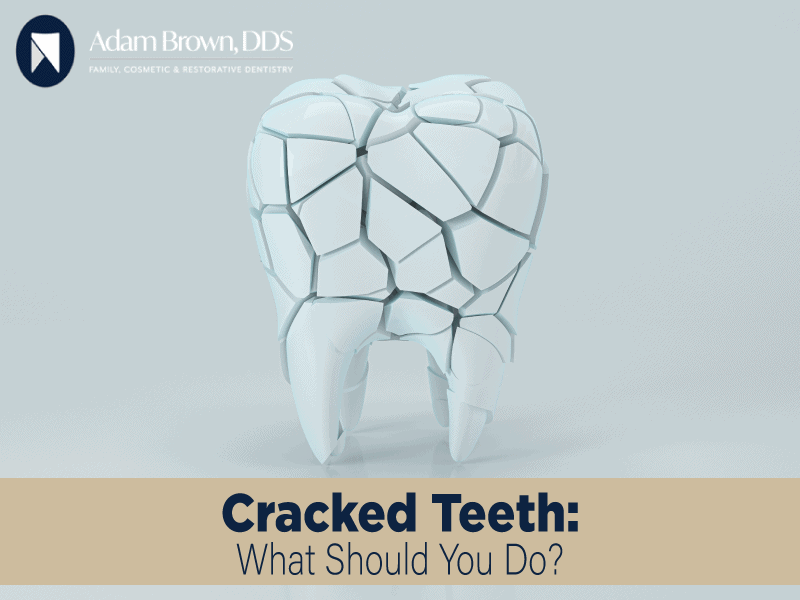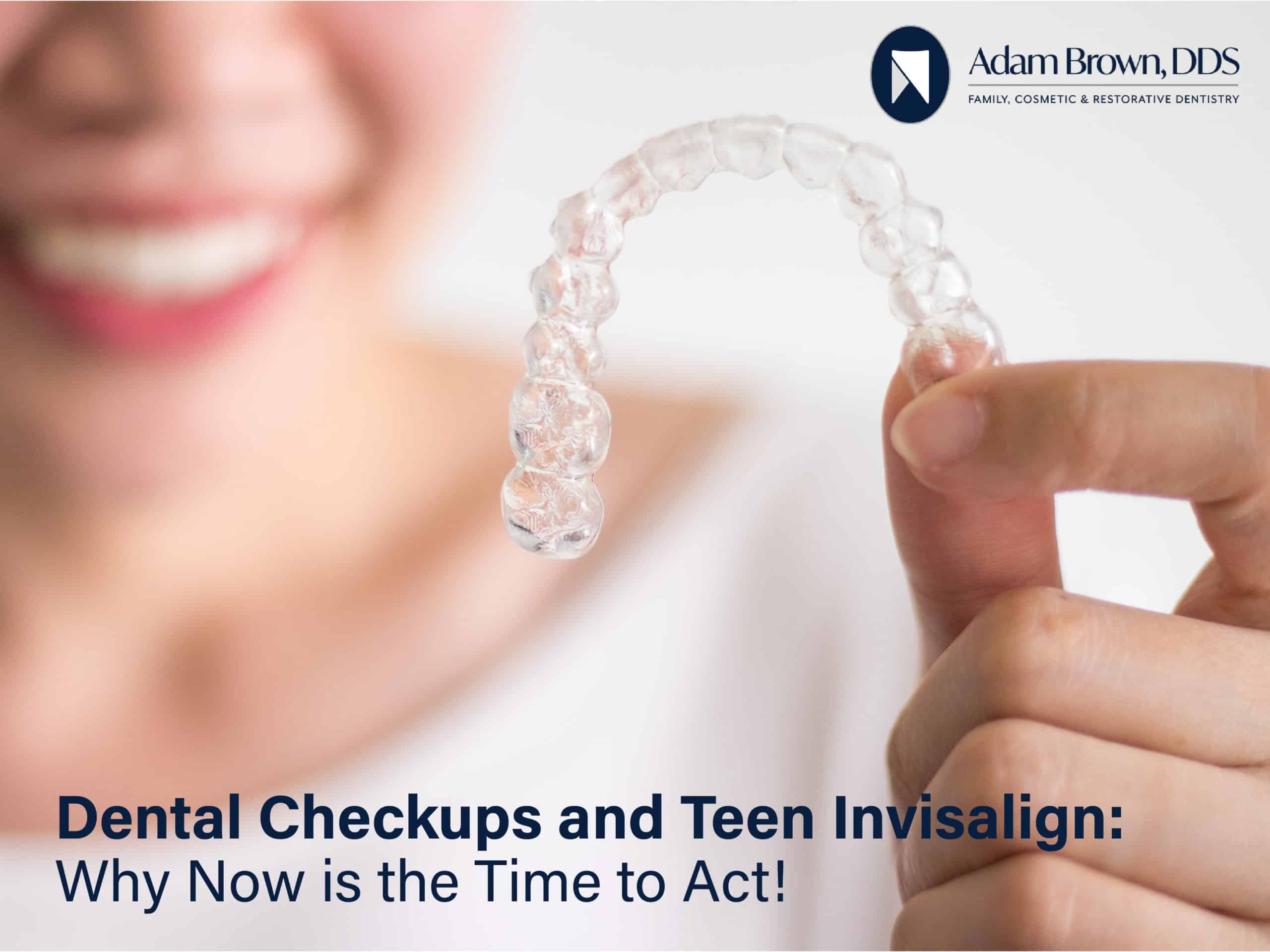What Is Sustainable Dentistry and How Can You Play a Part?
Many people are interested in sustainable living, but they may not realize that this extends to their dental health as well. Dental offices can make a number of changes to become more environmentally friendly, and patients can adopt habits that reduce the impact of their own dental care on the planet.
Below, Adam Brown, DDS explains the significance of sustainable dentistry and provides tips for making your personal oral health routine greener. Hint: We can all do it!
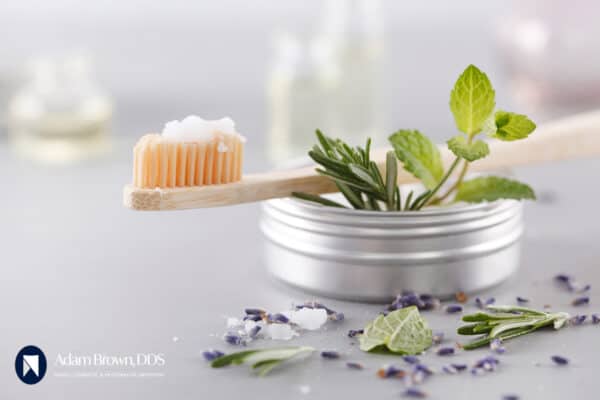
Sustainable Dentistry and the Benefits for Dental Offices
As the world continues to focus on eco-friendly practices, sustainability has become a priority for many industries. The dental industry is no exception. Let’s take a closer look at sustainable dentistry and its benefits.
What is Sustainable Dentistry?
Sustainable dentistry is a practice that focuses on reducing the environmental impacts of dental care while also promoting better patient health outcomes. It includes using biodegradable products, recycling materials, and implementing energy-efficient technologies, among other practices.
Sustainable dentists strive to use only non-toxic materials free of dangerous chemicals like mercury, lead, and cadmium. By doing so, they ensure their patients receive high-quality care with minimal impact on the environment.
Benefits of Sustainable Dentistry
Sustainable dentistry offers both financial and environmental savings for dental offices. For example, by switching to energy-efficient equipment, dental offices can reduce their electricity bills significantly over time.
Additionally, using biodegradable products instead of disposable ones made from plastic or other nonrenewable materials allows dental practices to cut down on their waste output and help reduce pollution levels in the process. Finally, sustainable dentists often use safer materials than traditional ones, benefitting patients and staff members as it reduces exposure to toxins (like mercury) which can cause long-term health issues if left unchecked.
Sustainable dentistry offers numerous advantages for both patients and dental offices alike. Not only does it provide an opportunity to save money through reduced energy bills but it also helps protect our environment by reducing waste output while encouraging the use of safer materials in place of more toxic ones. Ultimately, sustainable dentistry helps ensure that everyone involved in the practice receives high-quality care with minimal environmental impact.
How To Make Your Dental Health More Sustainable
Your dental health is an important part of your overall well-being, and making it more sustainable means you’re taking care of your teeth in a way that benefits the environment. Whether switching to eco-friendly materials or reducing your water consumption, there are many ways to make your personal dental care routine more sustainable.
Learn About Toxins
First, it might help to learn about the various toxins found in commercial dental care products—talk about motivation to change! For example, many of the most popular toothpastes on the market contain toxins that are dangerous to your oral and general health. It’s essential to read labels and do some research before choosing a toothpaste brand and product.
There are plenty of safely-formulated alternatives available! Opting for a product free of formaldehyde, BPA, parabens, artificial sweeteners, and other chemicals can prevent unwanted exposure to toxins and support long-term oral health. Consider talking to your dentist if you’re ever uncertain about which toothpaste is best for you.
It’s worth noting that many over-the-counter mouthwashes, teeth whitening systems, and other common dental care products also include harmful toxins. Remember to carefully read the label on any dental product you’re considering before introducing them to yourself and your home!
Think Preventative
Preventative dental care is an effective way to reduce the environmental impact associated with dental treatments and procedures. By practicing consistent oral hygiene, such as brushing and flossing daily, you can reduce your risk of developing cavities, gum disease, and other common conditions that require professional care. In turn, this can help to protect natural resources like water, electricity, and fuel that would otherwise be used for dental treatments.
Regular visits to your dentist are essential as well! During these appointments, your dentist can advise you on proper brushing and flossing techniques, evaluate the current state of your teeth and gums, and keep an eye out for any potential issues that could become problematic down the line.
It’s also a good idea to talk with your dentist about potential options for replacing traditional materials in specific treatments, such as composite fillings instead of metal. That way, you can feel confident that your dental health is being taken care of while simultaneously reducing your environmental impact.
Choose Eco-Friendly Materials
The materials used for dental work can have a huge impact on the environment, so you’ll want to opt for eco-friendly materials. Many dentists now offer biocompatible materials which are made from natural sources like minerals, plants, and other renewable resources. These materials tend to be more durable than traditional dental materials and they can help reduce waste in landfills as well.
Cut Down on Water Usage
Water is essential for any healthy dental hygiene routine, but reducing your water consumption is also one of the easiest ways to make your dental health more sustainable. One way is to invest in an electric toothbrush with a timer so that you can track how long you brush each time. Also, run only as much water as you need, and use a cup when rinsing instead of letting the faucet pour out after brushing and flossing. This will save waste while lowering your energy bill!
Reduce Your Waste Output
In addition to using eco-friendly materials and reducing your water usage, try to cut down on waste from your dental hygiene products. Here are a few tips for doing so:
- Buy toothpaste without plastic packaging (or refillable containers) whenever possible.
- Look for toothbrushes with biodegradable handles or bamboo bristles, which are better for the environment than traditional plastic ones.
- Recycle any extra floss containers or toothpaste tubes you have lying around instead of throwing them away.
Making your personal dental health more sustainable doesn’t have to be difficult. With just a few simple changes, you can make a big difference in both the environment and your own oral health.
Unsustainable Dental Habits To Correct
We all know the importance of brushing our teeth regularly, but it’s important to be aware of how our actions affect the world around us. Let’s take a look at some personal dental habits that may be bad for the environment, and how we can make simple changes to right the ship:
Using Plastic Toothbrushes
It’s estimated that more than one billion plastic toothbrushes are thrown away yearly in America alone. Disposable plastic toothbrushes are made from petroleum-based materials like polypropylene and nylon, which are major contributors to global pollution. These materials don’t biodegrade quickly and can sit in landfills for hundreds of years before breaking down into smaller pieces.
Fortunately, eco-friendly alternatives are available, such as bamboo or recycled plastic toothbrushes. Bamboo toothbrushes are 100% biodegradable and compostable, and they come with BPA-free nylon bristles. Alternatively, recycled plastic toothbrushes use repurposed plastics to create a new product that would otherwise end up in a landfill.
Using Traditional Dental Floss
Dental floss is another common oral hygiene item that creates a lot of waste each year. Traditional dental floss is often manufactured from petroleum-based plastics (e.g., nylon, Teflon, etc.), which can take hundreds of years to decompose naturally. These materials can leach toxic chemicals into the air and water when burned, pollute waterways when disposed of improperly, and choke marine life if they end up in the ocean.
As with toothbrushes, you have options for environmentally friendly floss, including floss made from silk or compostable waxed paper coated with natural beeswax and peppermint oil. Silk floss is reusable, producing less waste than traditional plastic floss. Compostable waxed paper coated with natural ingredients will break down quickly after disposal without leaving any harmful residue or toxins.
Neglecting Basic Dental Hygiene
The dental habits that you practice today will follow you throughout your entire life. Make sure the habits you’re instilling are easy to maintain so you can avoid the necessity of a major dental procedure. Here are a few personal dental habits that can be replaced with more efficient ones:
Brushing Too Hard
The American Dental Association (ADA) recommends brushing your teeth twice a day for two minutes each session. However, many people brush too hard, which can be damaging to tooth enamel and gum tissue.
To determine if you’re brushing too hard, try using a soft-bristled toothbrush and brushing in gentle circular motions instead of vigorous back-and-forth movements. This will help reduce the amount of force placed on your teeth when brushing and protect the sensitive structures of your mouth from damage caused by over-brushing.
Not Flossing Regularly
Flossing is an essential part of maintaining good oral hygiene because it removes food particles stuck between the teeth that can’t be reached with a toothbrush. If left unattended, these particles can cause decay or even infection in the gums. Be sure to floss at least once every day – preferably after meals – and brush afterward to remove all food particles from the mouth. You can also use a water flosser as an alternative to traditional flossing methods if preferred.
Using Your Teeth as Tools
Do you ever bite into packaging or open bottle caps with your teeth? That’s an excellent habit to stop today! Here are two reasons:
- It’s unsafe due to the potential risk of breaking a tooth or causing damage to enamel.
- It can be challenging for dentists to restore some chips and cracks caused by using your teeth in place of tools because it weakens the natural structure of the tooth over time.
Try not to rely on your teeth for tasks they were not intended for; grab that pair of scissors or a bottle opener instead!
Wrapping Up
It’s easy to overlook how our everyday dental habits can affect the environment, but we must be mindful of our choices if we want to reduce our environmental impact. By practicing preventative oral hygiene, switching to more sustainable dental care products, and replacing bad habits with sustainable ones, we can all help ensure that our personal dental habits aren’t contributing to global pollution problems. Taking small steps now will add up over time and make a tangible difference for future generations!
If you would like to take your preventative care to the next level, or if it’s simply time that you got a checkup, contact Adam Brown, DDS to set up an appointment!

